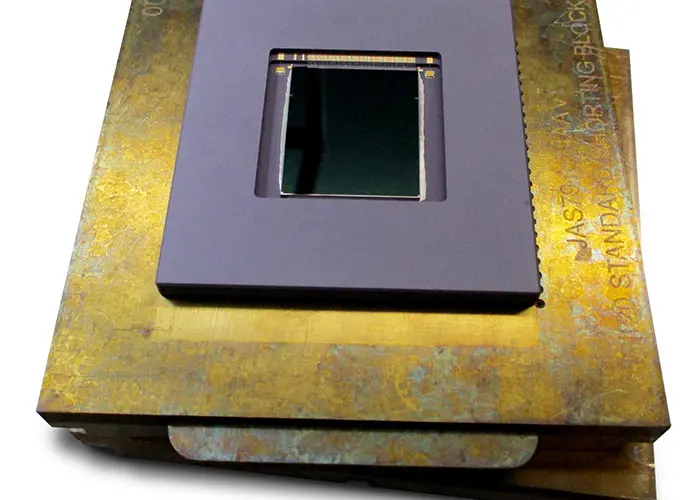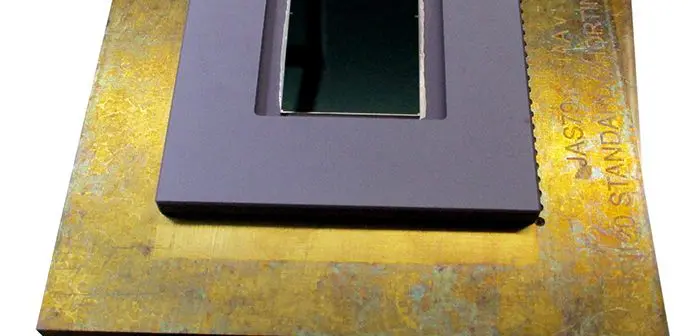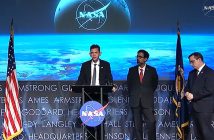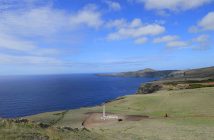
Teledyne Technologies Incorporated has announced that two CIS120 sensors designed and manufactured by Teledyne Space Imaging will play a major part in the third in a series of Japanese climate change and Earth observation satellite missions. The Global Observing SATellite for Greenhouse gases and Water cycle (GOSAT-GW) launched on June 29 at 2:33am (AEST) from the Tanegashima Space Center in Japan. This mission is a collaborative project between Japan’s Ministry of the Environment (MOE), the National Institute for Environmental Studies (NIES), and the Japan Aerospace Exploration Agency (JAXA).
The GOSAT-GW mission carries the two CIS120 sensors from Teledyne Space Imaging as part of its Total Anthropogenic and Natural emissions mapping SpectrOmeter-3 (TANSO-3). TANSO-3 has been designed to provide high-precision, wide-area monitoring of greenhouse gases in space to gauge their effects on climate change. TANSO-3 will specifically observe gases such as carbon dioxide, methane and nitrogen dioxide, while other parts of the satellite will gather data around the physical qualities of water, such as sea surface temperatures.
This will be the first satellite in the GOSAT series to include the CIS120 sensor. Imaging data gathered from this 2025 launch will be shared with other agencies and organisations for the betterment of human knowledge around climate change and greenhouse gases.
Teledyne Space Imaging was chosen to supply the sensors due to the company’s reputation for excellence, as well as the flexible nature of the CIS120 sensors and their high signal to noise ratio. The sensors had to be modified with a new package to connect to the instrument’s specific cooling mechanism and the rest of the satellite. They have been fully radiation tested, and life tested in extreme temperatures in order to be space qualified for up to 14 years.
Ross Mackie, Principal Project Lead Engineer at Teledyne Space Imaging, said: “We get very excited when we work on Earth observation missions such as GOSAT-GW, as we get to play an active part in monitoring carbon emissions and developing countermeasures. In addition, we can help countries and organisations understand the science behind more extreme weather events and reduce their own environmental impact on the planet. Having our sensors onboard the GOSAT-GW satellite mission is a very special moment for us and the team is extremely proud of what we have achieved since winning the bid in 2019.”
Teledyne Space Imaging initially won the bid to supply the third GOSAT mission with CIS120 sensors in 2019 and the team worked hard to deliver the final products in 2023. Two years later, the work has led to other customers requesting Teledyne Space Imaging’s sensors for similar projects in the Earth observation sector.





